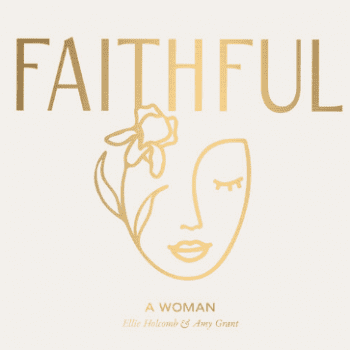New Terms for Greater Clarity
 At this stage of the game, lobbying for new categories might be as deadly as calling for a third American political party. But circumstances demand it. So here goes:
At this stage of the game, lobbying for new categories might be as deadly as calling for a third American political party. But circumstances demand it. So here goes:
Instead of complementarian, consider the term Hierarch. Peppiatt is on to something, but let’s just shorten it a bit for easier pronunciation. Hierarchy is the foundation of all complementarian views, “soft” or “hard.” They all root their belief in male authority in Genesis 1–3, where they believe God ordained a hierarchy between men and women. That “created order” results, they say, in men and women having different “roles” in life that are good and lead to order in the church, family, and society. Hierarch reflects the core distinction that everyone on the complementarian spectrum agrees with.
Instead of Egalitarian, consider the term Heterarch. Yes, this term takes some getting used to. I like it because it expresses the core difference between this group and hierarchs (AKA complementarians)—it declares that men and women are unranked. God created them to rule together as partners. A heterarch believes that God has not ordained permanent roles but instead wants men and women to function in the world according to merit, preferences, spiritual gifts, abilities, and experience. Heterarchs refute that the Bible teaches a permanent divine order where men always lead women in the home, church, or society at large.
Using these two terms can clarify the discussion of various biblical texts. The spectrum of hierarchical beliefs can be explored accurately with hierarch because, however else they differ, they all agree that God created humans in hierarchy. Heterarchs avoid loaded labels such as equity, equality, power-sharing, and the like. All discussion can start with the basic understanding of no rank between men and women.
Thoughts? Would love to hear your reflections and suggestions. Constructive, of course.
This post is adapted from an in-process book manuscript, authored by Sue Edwards and myself. We’ll be posting excerpts between now and publication time (summer 2022).











